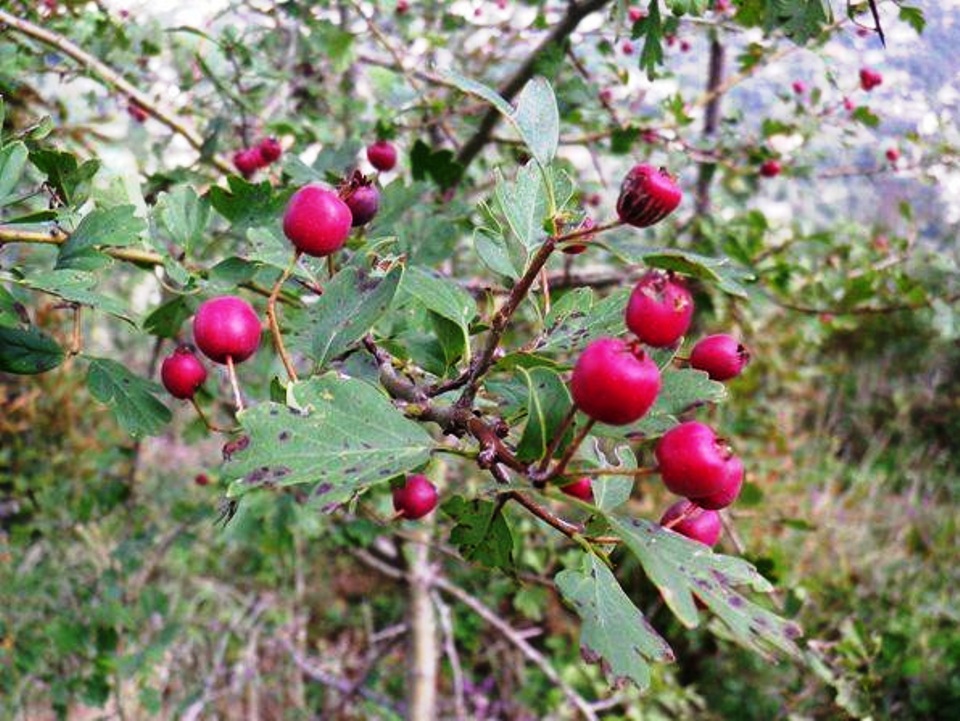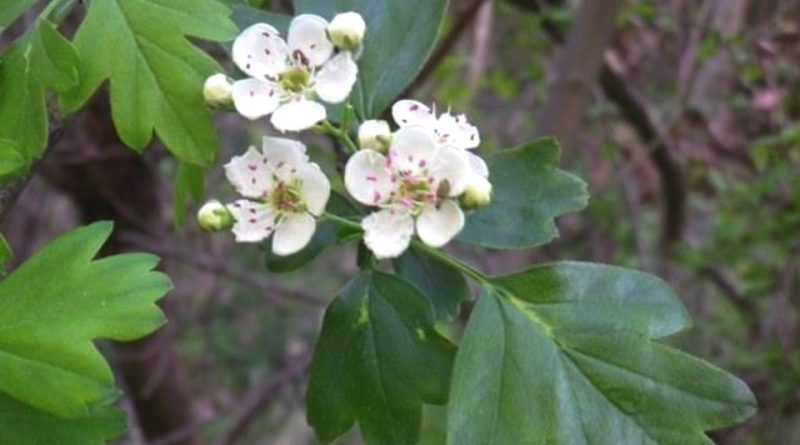Use of Hawthorn
Use of Hawthorn
Scientific name: Cratægus monogyna Jacq.
Family: Rosaceae
Common name: hawthorn
Dialect name: spinapuci, arvulu spinu, jancuspinu
Very widespread shrub plant from sea level to high-mountain areas. The leaves are deeply incised and divided into three-five septate lobes; the flowers are grouped in apical white corymbs, very perfumed, the fruits are oval-shaped, small, red-colored apples when ripe, with little pulp, edible and acidulous, containing one or more seeds.
Active principles
The active ingredients are found in the bark, flowers and fruits.

Property
The bark has an antipyretic action, the infusion of flowers has a sedative action, while the fruits have an astringent action.
It is a medicinal species indicated for the cardio-circulatory district. It helps to improve coronary circulation, acts on the regulation of blood pressure both in the case of hyper and hypotension and intervenes in the regulation of the heartbeat.
Internal use
Pressure regulator
Mix 20 g of absinthe, 20 g of mistletoe and 20 g of hawthorn leaves, prepare a decoction with 1 liter of water and consume twice a day.

External use
Inflammation of the oral cavity
Prepare a decoction with the fruits, flowers and bark in the proportions of 50 g of the mixture in a liter of water and rinse and gargle.
Author’s note: it is recommended to stick to the doses described and, in any case, make a careful use of herbs, better by contacting your doctor or pharmacist.
Maria Canzoneri

